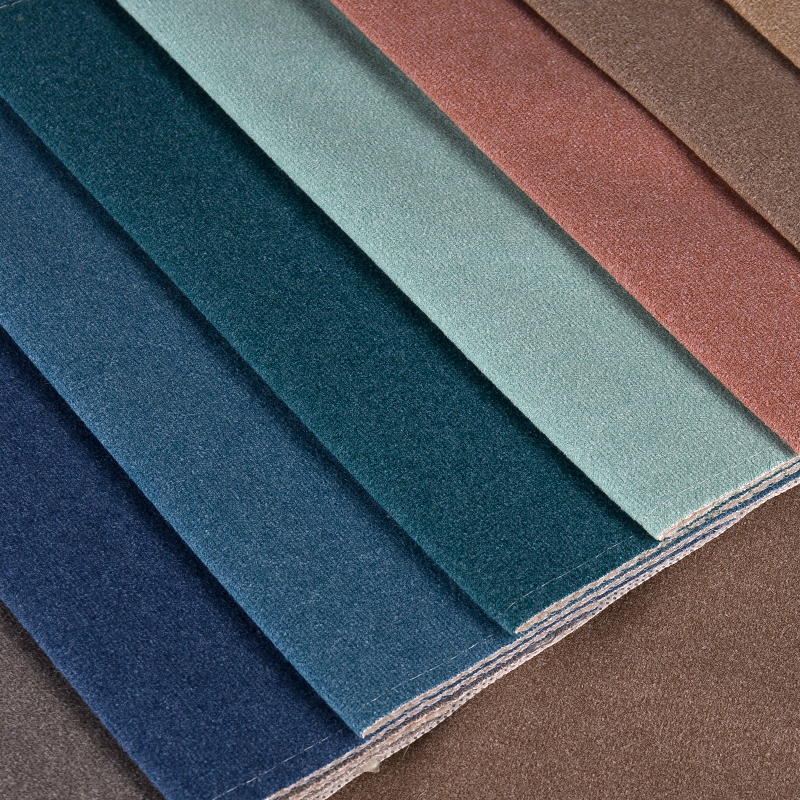Apr 03, 2025
Heat setting is a crucial thermal treatment process in polyester knitted fabric production, significantly influencing dimensional stability, shrinkage resistance, elasticity, and mechanical properties. The process involves exposing the fabric to controlled heat (typically 170–210°C) under tension to stabilize the fibers and reduce internal stresses.
Polyester is a thermoplastic synthetic fiber, meaning its molecular structure can be altered through heat application.
During heat setting, the polymer chains within polyester fibers are reoriented and locked into place, reducing their tendency to shrink when exposed to heat or moisture in subsequent use.
The fabric is typically stretched and held under controlled tension in a stenter frame to prevent excessive contraction.

Without heat setting, polyester knitted fabrics retain internal stresses from the knitting and finishing process, leading to uncontrolled shrinkage when subjected to washing or heat exposure.
Heat setting relaxes and stabilizes the fiber structure, significantly reducing post-production shrinkage (typically improving shrinkage resistance from 5-8% to <2% in some cases).
Polyester knits, especially stretch fabrics blended with spandex, are prone to deformation over time.
Heat setting ensures that the fabric retains its intended dimensions, minimizing issues like curling, twisting, and distortion after repeated washing or stretching.
The thermal treatment allows polyester fibers to maintain better elasticity and recovery after stretching, making them ideal for sportswear, athleisure, and compression garments.
Heat setting also improves wrinkle resistance, preventing permanent creases and maintaining a smoother surface.
Properly heat-set polyester fabrics exhibit a smoother texture and softer feel, improving their drape and comfort without compromising strength.
Overheating, however, can make the fabric feel stiff or brittle, reducing its usability for certain applications.
| Parameter | Impact on Dimensional Stability & Shrinkage |
|---|---|
| Temperature (170–210°C) | Higher temperatures improve shrinkage resistance but risk fiber degradation. |
| Dwell Time (30–90 seconds) | Longer exposure enhances stability but may affect fabric softness. |
| Tension Control | Prevents excessive contraction, ensuring fabric maintains proper width and stretch. |
| Cooling Rate | Gradual cooling prevents residual stress buildup. |
Overheating risks: Loss of mechanical strength, increased stiffness, and potential yellowing of fabric.
Underheating risks: Incomplete shrinkage stabilization, leading to poor dimensional stability.
| Property | Heat-Set Fabric | Non-Heat-Set Fabric |
|---|---|---|
| Shrinkage | <2% (highly stable) | 5–8% (prone to shrinkage) |
| Curling/Twisting | Minimal | More likely to distort |
| Elastic Recovery | Stronger recovery | Weaker recovery |
| Wrinkle Resistance | High | Moderate |
| Fabric Softness | Optimized | May feel uneven |
5. Industrial Applications Benefiting from Heat Setting
Activewear & Sportswear: Maintains elasticity, shape retention, and stretchability under repeated use.
Automotive & Technical Textiles: Prevents shrinkage in high-heat environments.
Medical & Compression Textiles: Ensures precise fit and long-term stretch performance.